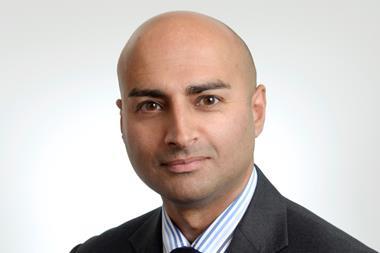Research suggests insurers are expecting their cyber-related losses to get worse
New research has found that over 60% of insurance experts are expecting higher cyber-related losses over the next 12 months.
According to Willis Re’s annual Silent Cyber Risk Outlook global survey, this view is driven by the increased reliance on technology, along with the recent high-profile cyber attacks.
60% of respondents estimate it is likely to incur more than one cyber-related loss for every hundred non-cyber covered losses over the next 12 months in all lines of business apart from workers compensation.
This has increased from less than 50% from last year, so the fear is increasing within experts.
And it is not just small cyber losses that are being anticipated. Larger attacks such as WannaCry and NotPetya are expected to occur at least once every five years.
Anthony Dagostino, global head of cyber risk solutions, Willis Towers Watson said: “The insurance market considers ‘silent cyber’, or cyber-related losses under policies where cyber risk isn’t specifically included, to be a far greater risk than ever before.
“The 2017 WannaCry and NotPetya attacks highlighted this risk and potential damage across all business areas – causing significant concern around silent cyber.
”This increased risk perception has highlighted the need for specific cyber coverage, but competitive market conditions are limiting the scope for coverage or pricing adjustments to be made in other lines of business.”
Mark Synnott, global cyber practice leader, Willis Re said: “Willis Re is at the forefront of helping clients assess aggregation risk to silent cyber exposure through our annual silent cyber survey, which we have built into our portfolio analytics.
”We also have a market-tested reinsurance solution to mitigate this risk – CAStL, a cyber aggregate stop loss that covers all forms of affirmative and silent cyber exposure”.
Hosted by comedian and actor Tom Allen, 34 Gold, 23 Silver and 22 Bronze awards were handed out across an amazing 34 categories recognising brilliance and innovation right across the breadth of UK general insurance.





















































No comments yet